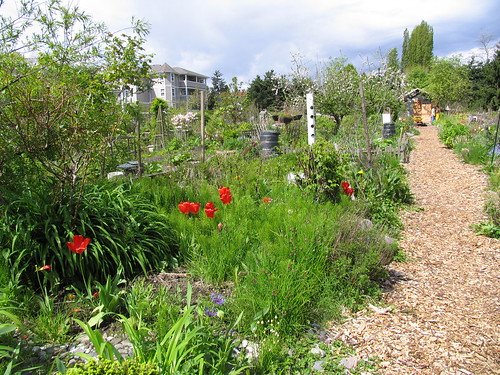The Edible Urban: Part 2

When I lived in the city, I always loved the idea of a microfarm. In my head, a microfarm was a plot of land with a footprint the size of a city terrace which was simultaneously blooming with flowers and vegetables, honking with geese, clucking with chickens and covered in trailing greenery and mulch. Someone drove a wheelbarrow through the plot, delivering hay to some minature cows while a small but sturdy windmill creaked overhead.
While this version of a microfarm might be only realisable in my head (or in duplo) and might seem a little idiotic, the real-life version of farming seems just as crazy these days, though its up the other end of the scale. The median size of an Australian farm which functions as a ‘primary producer’ is something like 700 acres. As opposed to my imagined 0.03 acres. Which means (leaving aside the delightful conversation we could have here about big agribusiness and the demise of the productive small farm) that any farm less than 700 acres is therefore a small(er) farm, and anything less than, say, 100 acres, would by today’s definition be getting into the micro.
